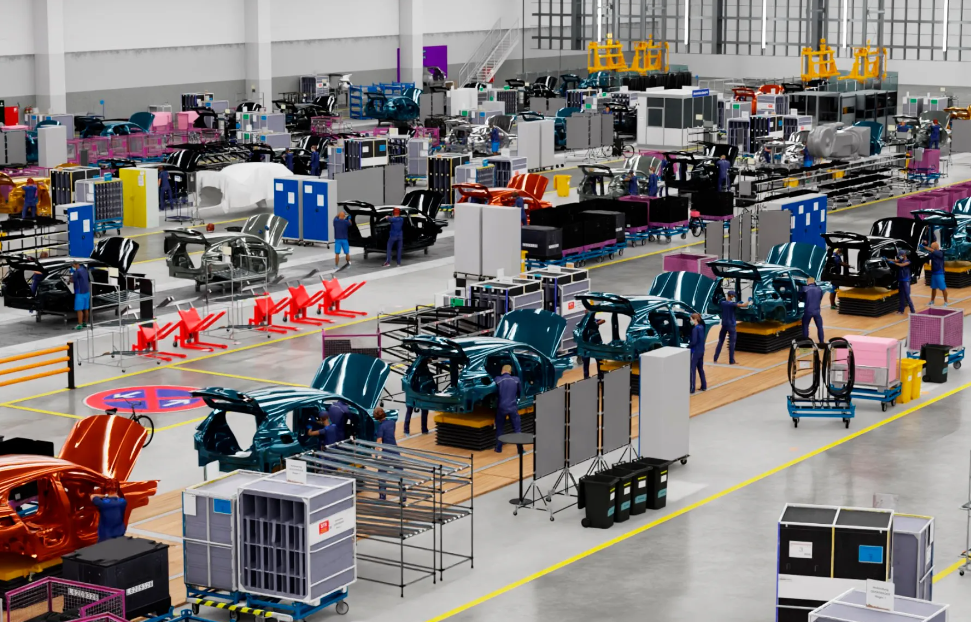The assembly line is a type of manufacturing automation that uses conveyor belts to move raw materials and finished goods through the factory.
The assembly line can be broken down into three parts: material handling, workstations, and packaging. The material handling part of the assembly line moves raw materials from one station to another while work stations perform tasks such as cutting, drilling, welding, or painting those materials to create final products.
How Assembly Lines Can Help with Amazing Use Cases
Cable trays are mechanical support systems that provide a rigid structural system for electrical cables, raceways, and insulated conductors used for electric power distribution, control, signal instrumentation, and communication.
Let’s take a look at amazing use cases for this technology:
-
Automated assembly line:
Automated assembly lines can produce large amounts of products with minimal human intervention. They work by moving materials from one machine to the next on an automated conveyor belt. This saves time and energy as well as reduces errors in production.
-
Conveyor belt production line:
A conveyor belt production line is used when the number of parts needed is small enough so that it can be produced using a series of conveyor belts, but with enough work being done to justify the use of multiple machines.
-
Tool production line:
A tool production line is used when manufacturing tools that are very difficult or impossible to produce by hand. These types of tools are produced by machines that use complex engineering principles, such as metalworking and moulding.
5 Reasons Why Your Manufacturing Process Needs to be on an Assembly Line
The assembly line is the most efficient form of manufacturing, which means it can produce more products with less labour.
The five reasons that your production process needs to be on an assembly line are –
-
Labour cost reduction:
It costs a lot of money to hire employees, but it only takes one employee to operate an assembly line.
-
Reduced inventory waste:
When you have a production process on an assembly line, you don’t need as much inventory because it’s all being made at the same time. –
-
Improved quality control:
With so many workers working on one product at the same time, errors are less likely to happen, and thus quality can be improved. –
-
Improved customer satisfaction:
When you have a production process on an assembly line, it’s easier to make sure that your customer gets the product they want when they want it.-
-
Improved employee satisfaction:
Workers on assembly line have better job security and are more likely to be happy with their jobs.
For further information visit this website!


